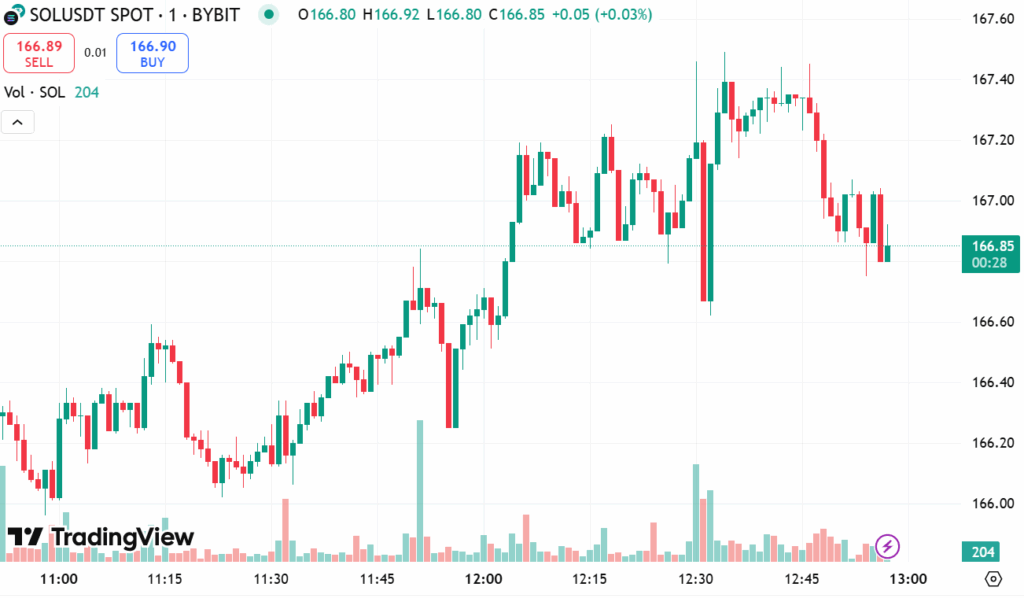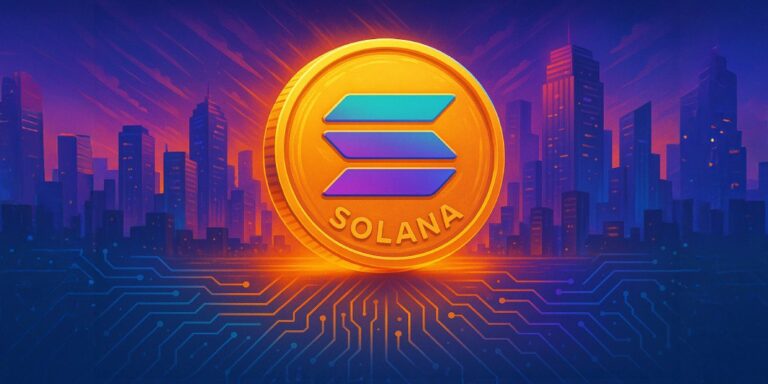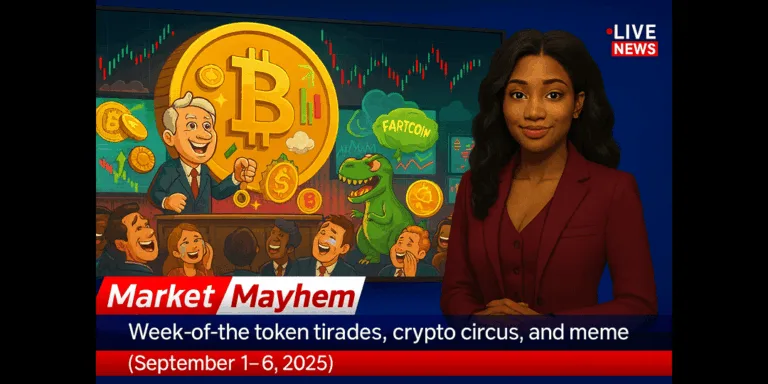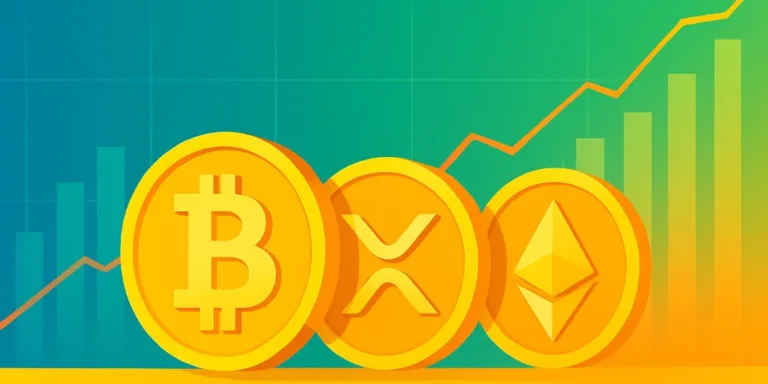Solana (SOL) has been one of crypto’s most talked-about projects, lauded for its blazing speed but dogged by network outages and regulatory scrutiny. As of today, SOL trades at $166.8, swinging between $161.2 and $168.1 in the last 24 hours, with a market cap just shy of $88 billion. While technical indicators lean bullish (13 out of 30 signal buy), and market sentiment sits at 74 (Greed), SOL’s path forward isn’t without hurdles.
So, where is Solana headed? Will its high-performance blockchain outpace rivals, or will scalability issues and regulatory pressure slow its momentum? Let’s break down the key factors shaping SOL’s potential through 2030.
Why Solana could keep climbing
The need for speed
Solana’s biggest selling point? Raw throughput. The upcoming Firedancer upgrade, developed by Jump Crypto, has already hit 1 million transactions per second (TPS) in test environments, with a full mainnet launch expected in late 2025. If successful, this could finally put Solana’s downtime concerns to rest while making it a go-to chain for high-frequency applications.
Institutional adoption heats up
Canada made headlines by approving the world’s first Solana staking ETF, opening the door for regulated capital to flow into SOL. Meanwhile, Visa’s decision to use Solana for stablecoin settlements proves that major financial players see real utility in its low-cost, high-speed transactions.
User growth explodes
Solana isn’t just attracting traders, but it’s becoming a hub for real usage. In July 2025, daily active addresses hit 14.6 million, dwarfing Ethereum’s 0.44 million. If this trend holds, Solana could cement itself as the blockchain for mass adoption.
Challenges that could derail SOL’s rally
Regulatory Uncertainty Looms
The SEC still hasn’t clarified whether it views SOL as a security, leaving U.S. investors in limbo. A negative ruling could restrict trading access and dampen institutional interest.
Network stability remains a work in progress
While Solana’s uptime has improved since its early days, the ZK-ElGamal bug in June 2025 caused a temporary freeze, a stark reminder that scaling while maintaining reliability is no easy feat.

Solana (SOL) price prediction: 2025–2030
Here’s how SOL’s price could play out under different scenarios:
2025 (Year-End): With Firedancer in beta and Canadian ETF inflows, SOL could reach $210 or spike to $260 if bullish momentum holds.
2026: Full Firedancer rollout and clearer U.S. regulations might push SOL toward $300, with a bull case of $450.
2027–2028: A U.S. staking ETF approval and expanding Visa/Stripe integrations could drive SOL to $550–$850.
2030: If Solana becomes a dominant layer-1 for payments and DePIN, $1,200+ isn’t out of the question—though VanEck’s most aggressive model suggests $3,211 if SOL captures 80% of smart contract activity.
Final verdict: High potential, but not without risk
Solana’s strengths—speed, low fees, and growing adoption—make it a standout in the crowded blockchain space. But its future hinges on overcoming technical growing pains and regulatory hurdles.
For investors, the best approach is to watch key milestones:
- Firedancer’s mainnet launch (late 2025)
- U.S. regulatory clarity on SOL’s status
- ETF expansions beyond Canada
If Solana delivers, it could become a top-three blockchain by 2030. But if outages or regulations slow its progress, competitors like Ethereum and emerging modular chains could steal its thunder.












